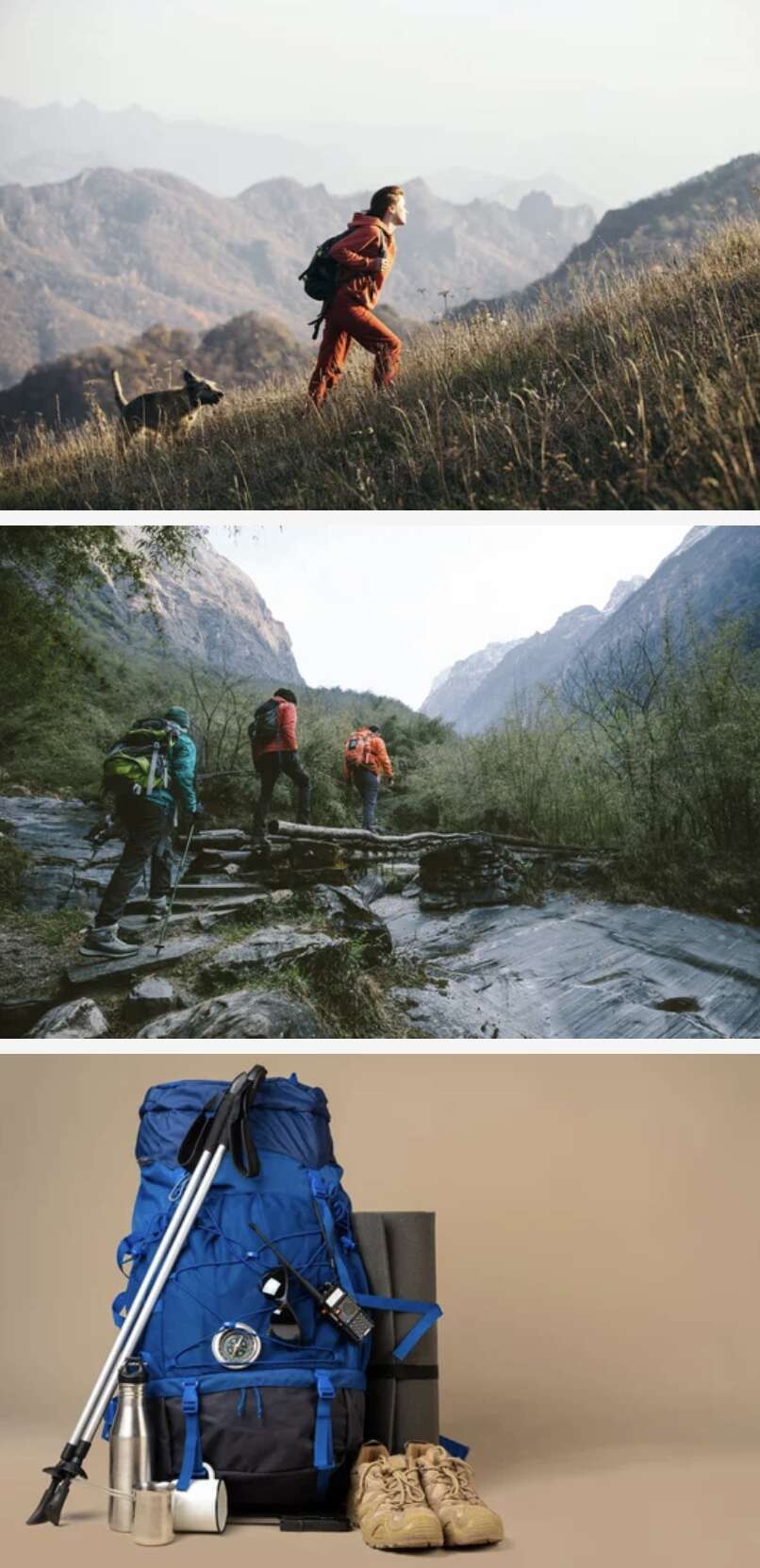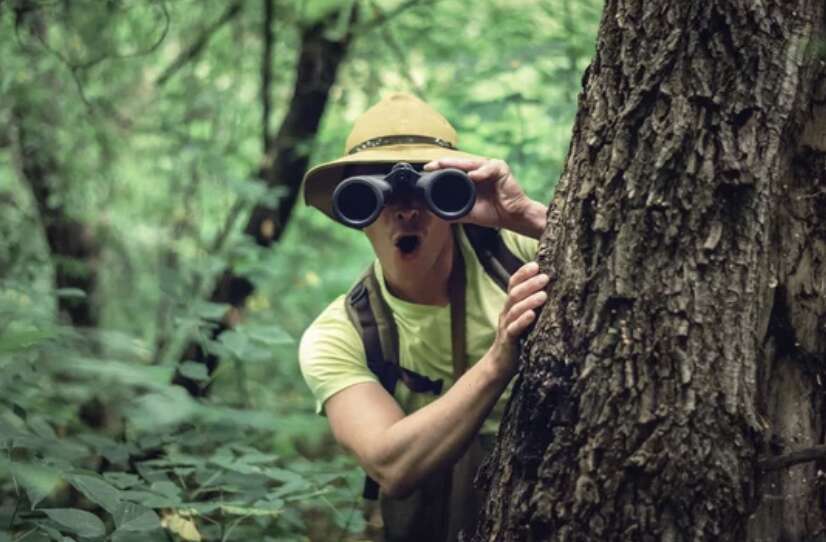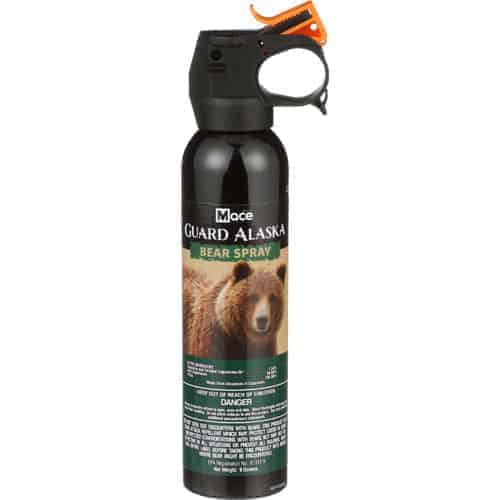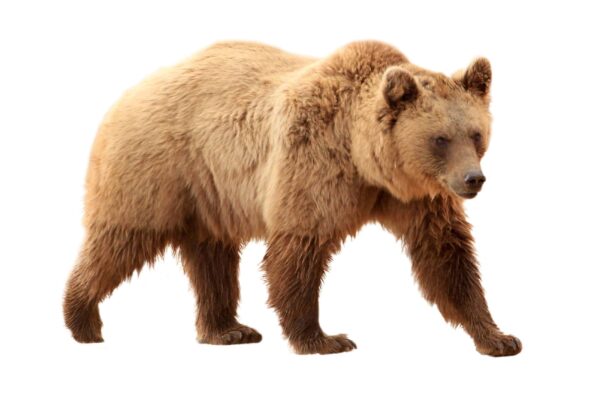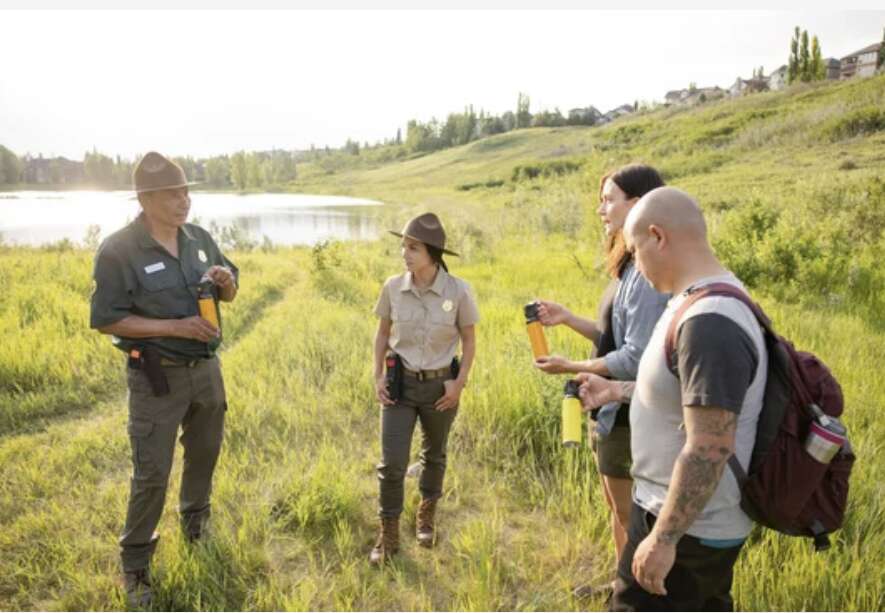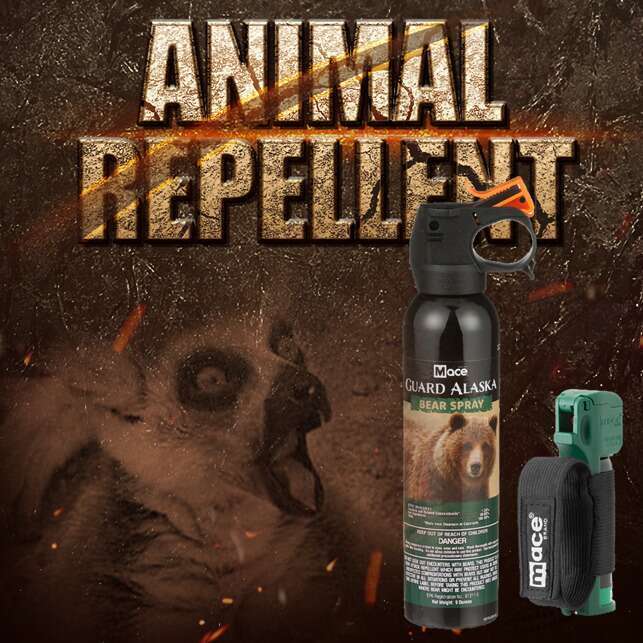
Best Bear Repellant Spray has been proven to be a highly successful self-defense tool for stopping aggressive animal behaviors. When deployed correctly, you can repel an attack and increase your chances of getting away.
Whenever you spend time in nature in bear country, it makes sense to bring this self-defense tool with you. By taking an active role in protecting yourself, this non-lethal deterrent delivers fast and effective results by using a fine fog or cloud of capsicum derivatives to inflame the animal’s air passageways.
Best Bear Repellant even affects how the animal can see and smell, providing more time to leave the yard area.


